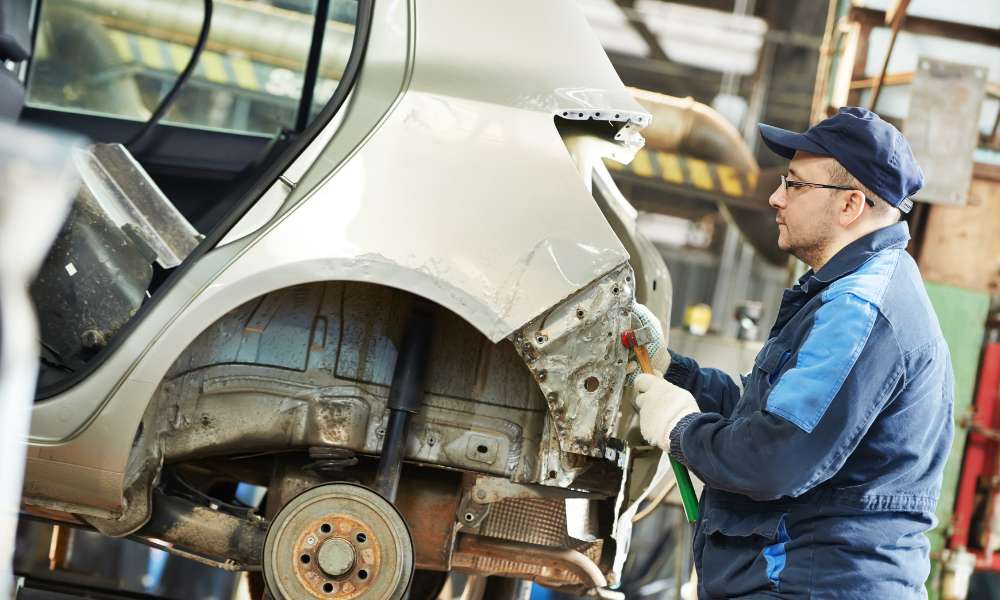Within the realm of automobile maintenance and repair, ensuring the integrity of a vehicle’s frame stands as a pivotal factor influencing both safety and performance. Frame damage, frequently arising from accidents or collisions, has the potential to undermine a car’s structural stability and alignment. This is precisely where the expertise of frame straightening techniques becomes indispensable—a fundamental service provided by esteemed professionals such as Cyclone Collision Center. In this article, we will delve into the intricate world of frame straightening, shedding light on its significance, various methods employed, and the technological advancements that have significantly transformed and elevated this critical repair process.
Understanding Frame Damage
Before we dive into the techniques, it’s crucial to understand what frame damage entails. The frame of a car is like its skeleton, providing structural support and shaping its overall form. When a car is involved in an accident, the impact can bend, twist, or even break this frame. Such damage not only affects the car’s appearance but also its functionality, including wheel alignment, suspension, and even the efficiency of airbag deployment.
Why Frame Straightening is Essential
Frame straightening is not just about fixing a bent or twisted frame; it’s about restoring the car’s safety, functionality, and aesthetics. A misaligned frame can lead to uneven tire wear, poor handling, and an unsafe driving experience. In severe cases, it can compromise the car’s structural integrity, making it unsafe in the event of another accident.
Traditional Frame Straightening Techniques
Traditionally, frame straightening involved a combination of manual inspections and mechanical tools. Technicians would use hydraulic presses and chains to pull the frame back to its original shape. This process required skilled technicians with a deep understanding of vehicle anatomy and a keen eye for detail. However, it was often time-consuming and, in some cases, less accurate.
Modern Frame Straightening Methods
Advancements in technology have significantly enhanced the precision and efficiency of frame straightening. Modern auto body shops now use computerized measuring systems alongside hydraulic machinery. These systems provide real-time data and 3D imaging to assess the extent of the damage accurately and guide the straightening process. This digital approach ensures a level of precision that was previously unattainable, ensuring that the frame is returned to its factory specifications.
The Role of Skilled Technicians
Despite technological advancements, the role of skilled technicians remains crucial. Their expertise in interpreting data, operating sophisticated machinery, and making fine adjustments is invaluable. They ensure that the frame is not just visually straight but structurally sound and aligned according to the manufacturer’s specifications.
Choosing the Right Auto Body Shop
When selecting an auto body shop for frame straightening, it’s essential to choose one that is equipped with the latest technology and staffed by experienced technicians. Look for shops that have a proven track record and positive customer reviews. Don’t hesitate to ask about their equipment, techniques, and the experience of their technicians.
Conclusion
Frame straightening is a complex yet crucial process in automobile repair. With the right combination of technology and expertise, it ensures that vehicles are not only aesthetically pleasing but also safe and reliable. As technology continues to evolve, we can expect even more advancements in frame straightening techniques, further enhancing the safety and performance of our vehicles.
Experience the exceptional Cyclone Collision Center difference today! Visit us at 3080 Cropsey Ave, Brooklyn, NY 11224, and let our proficient team renew your car’s paintwork to its initial splendor. Cruise with a sense of pride and assurance following our specialists’ remarkable work on your vehicle.
